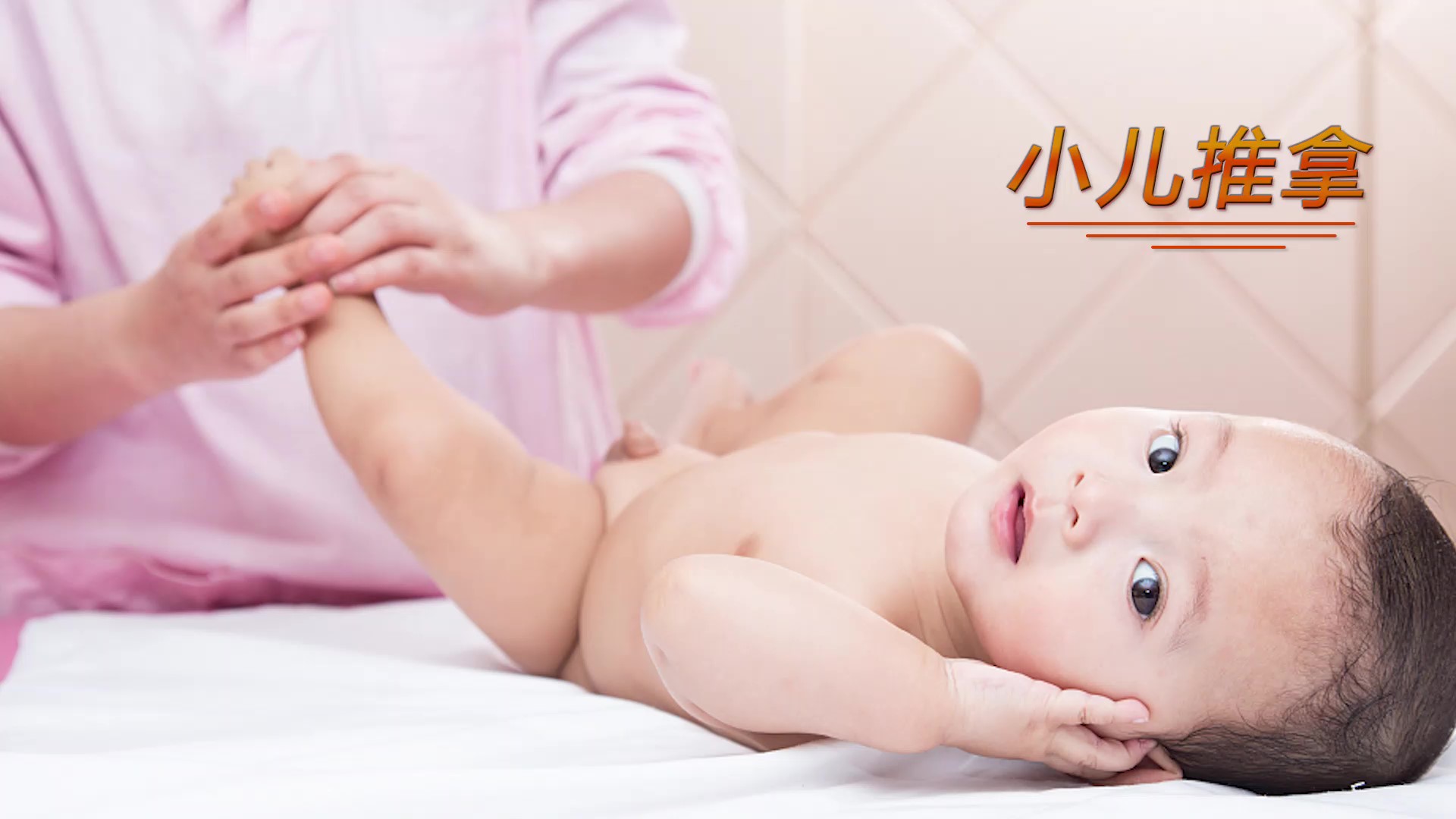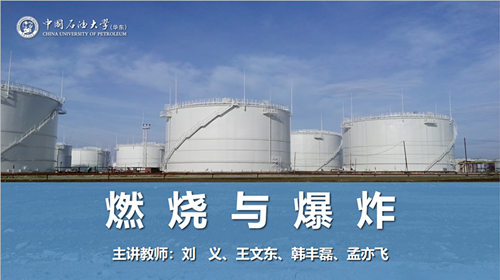
当前课程知识点:Chinese Ceramics > Unit 16 Chinese ancient ceramics > 16.2 Explore the origins of ancient ceramics Ⅱ > 16.2 Explore the origins of ancient ceramics Ⅱ
返回《Chinese Ceramics》慕课在线视频课程列表
大家好,欢迎来到课堂
今天我们来讲一讲
古旧陶瓷的身世
到了宋代(960-1279)
中国古典美学精神发展到了极致
主要表现在哪些方面呢
在文化的发展和传承上
表现出了成熟的理性和自觉意识
就在这个时候
古代汉文化的高峰期
中国的瓷器艺术也进入了前所未有的巅峰期
大江南北瓷窑遍布
每一个瓷窑,或者说工艺流派
都制造出自己独特的产品
布满冰裂纹的
汝窑天青釉瓷
紫口铁足的官窑青瓷
金丝铁线的哥窑青瓷
厚如凝脂、美如青梅的龙泉窑青瓷
还有灿如晚霞、变幻多端的钧窑瓷
青白如玉的景德镇影青瓷
天然成趣的建密兔毫瓷、油滴瓷
洁净似银的定窑白瓷等等
制瓷工艺水平大大提高
并且超越了器物的实用性
而追求造型、质地、色泽
图案的文雅化
更注重审美细节也更具观赏性
充分体现了
当时精英阶层生活艺术化的思想
接下来
在蒙元时期(1206- - 1368)
当中国在蒙古人的统治下
青花瓷出现了
与元曲出现的文化背景一样
通俗艺术、市民艺术
和较为多元的民族艺术风格融入到了制瓷工艺中
虽然还未成为主流
但这种偏爱装饰性的彩瓷
所代表的审美倾向已与前代强调自然天成
含蓄内敛的素瓷所代表的美学气质大异其趣
这种艺术风格在其后的明(1368-1644)
清(1644-1911)
两朝得到了延续和完善
在中外交往范围
不断扩大的历史背景下
色泽艳丽、纹饰繁多的彩瓷
不仅为中国的皇室所器重
还飘洋过海远销欧美
元代(1206-1368)青花瓷更是
专门为伊斯兰国家制作的出口瓷
随着15世纪和16世纪的
伟大地理发现以来
越来越多的欧洲商船
来到这个他们向往已久的
遥远神秘
而又发达的东亚帝国
商人们在这里看到了无限的商机
华美的丝绸、口味多样的茶叶
精致的瓷器无不令他们着迷
很多欧洲国家
都建起了对东亚、东南亚和南亚的贸易公司
荷兰东印度公司
在东方瓷器贸易中起了领头作用
16世纪晚期
由葡萄牙商人从中国出口到欧洲的瓷器
商人引起了如此大的兴趣
以至于需求远远超过了供应
和生产能力
整个17世纪
随着与中国的贸易不断增多
欧洲上流社会掀起了
一股追捧这种异国情趣的瓷器
和热衷于饮用中国茶的时尚
开始在整个大陆蔓延
可以说,19世纪以前
中国一直是世界上最先进的制瓷大国
今天的人们可以在
许多国家的博物馆中看到
产自中国的瓷器精品
同时
亦不难发现中国制瓷技术的广泛影响
中国瓷器出口
促进了中外文化艺术的
相互交流和影响
谱写了世界文化交流史
和世界经济贸易史的重要篇章
高岭村是中国著名瓷都景德镇附近的一个村庄
这个村庄后面的高岭山
从明朝末年起
即以出产瓷土闻名于世
直到清代中期
景德镇生产瓷器用的还都是高岭山的瓷土
而这一时期
正是欧洲从景德镇
进口瓷器的最盛期
从那以后,世界陶瓷业
就将所有瓷土通称为“高岭土”
迄今已有两百多年的历史了
陶瓷不仅是
人类重要的文化遗产
而且至今仍然以鲜活的形态
和浓厚的文化意味装点着现代人的生活
一件形制美、趣味高的陶瓷作品
不仅凝聚着时代科技与工艺的成果
记录着历史生活的点点滴滴
而且往往以方寸之地集绘画、诗文、书法
雕塑于一体
甚至还承载过社会教化的信息与功能
将古与今、中与外、整体与部分
科学与美学融为一体
产生了超乎器巧釉美的
审美价值和文化价值
正所谓
“使形下之器启示形上之道”
今天的课就到这里
感谢观看,下次再见
-1.1 Introduction
-1.2 Ceramics in Neolithic, East Han and Wei-Jin Dynasties
--Ceramics in Neolithic, East Han and Wei-Jin Dynasties
-1.3 Sui and Tang dynasties and Song Dynasty ceramics
--Sui and Tang dynasties and Song Dynasty ceramics
-1.4 Ming and Qing Dynasties
-Unit 1 test
--Unit 1 test
-Discussion questions
-2.1 The Unique Chinese Ceramic Culture
--The Unique Chinese Ceramic Culture
-2.2 The Historical Development of Chinese Ceramic Making
--The Historical Development of Chinese Ceramic Making
-2.3 Chinese Ceramic Shape Art
-2.4 Chinese Ceramic Painting Art
--Chinese Ceramic Painting Art
-2.5 Chinese Ceramic Folk Stories
--Chinese Ceramic Folk Stories
-Unit 2 test
--Unit 2 test
-Discussion questions
-3.1 CeramicCulture and the Zodiac
--CeramicCulture and the Zodiac
-3.2 The heritage of traditional ceramic culture
--The heritage of traditional ceramic culture
-3.3 The development and innovation of ceramic art
--The development and innovation of ceramic art
-Unit 3 test
--Unit 3 test
-Discussion questions
-4.1 Gorgeous Colored Pottery
-4.2 The Method of Making Colored Pottery
--The Method of Making Colored Pottery
-4.3 Primitive Colored Pottery Ⅰ
-4.3 Primitive Colored Pottery Ⅱ
-4.3 Primitive Colored Pottery Ⅲ
-4.4 Black Earthenware
-4.5 White Pottery and Primitive Porcelain
--White Pottery and Primitive Porcelain
-Unit 4 test
--Unit 4 test
-Discussion questions
-5.1 Terracotta Warriors in Qin Dynasty
--Terracotta Warriors in Qin Dynasty
-5.2 Potteries in Han Dynasty
-Unit 5 test
--Unit 5 test
-Discussion questions
-6.1 Dragon kiln and Celadon
-6.2 Yue Kiln and Wuzhou kiln
-6.3 Deqing Kiln and Ou kiln
-6.4 Longquan Wares
-6.5 Yaozhou Wares
-Unit 6 test
--Unit 6 test
-Discussion questions
-7.1 Tang Tri-Colored Pottery
--7.1 Tang Tri-Colored Pottery
--7.1 Tang Tri-Colored Pottery
-7.1Tang Tri-Colored Pottery
--7.1 Tang Tri-Colored Pottery
--7.1 Tang Tri-Colored Pottery
-Discussion questions
-Unit 7 test
--Unit 7 test
-8.1 The flourishing age of the Song Dynasty
--8.1 The flourishing age of the Song Dynasty
-8.2 The flourishing age of the Song Dynasty
--8.2 The flourishing age of the Song Dynasty
-8.3 Ding Wares
-8.4 Ru Wares
-8.5 Guan Wares
-8.6 Ge Wares
-8.7 Jun Wares
-Discussion questions
-Unit 8 test
--Unit 8 test
-9.1 Reasons for the maturity of Qinghua porcelain in Yuan Dynasty
--9.1 Reasons for the maturity of Qinghua porcelain in Yuan Dynasty
-9.2 The Invention of Blue-and-white Porcelain in the Tang Dynasty
--9.2 The Invention of Blue-and-white Porcelain in the Tang Dynasty
-9.3 Fine China Ware became the Symbol of ChinaⅠ
--9.3 Fine China Ware became the Symbol of ChinaⅠ
-9.3 Fine China Ware became the Symbol of ChinaⅡ
--9.3 Fine China Ware became the Symbol of ChinaⅡ
-9.3 Fine China Ware became the Symbol of ChinaⅢ
--9.3 Fine China Ware became the Symbol of ChinaⅢ
-9.4 The charm of QinghuaⅠ
-9.4 The charm of QinghuaⅡ
-9.4 The charm of QinghuaⅢ
-Discussion questions
-10.1 Da Ming Wucai
-10.2 Wooden engravings influence on Wucai porcelain
--10.2 Wooden engravings influence on Wucai porcelain
-10.3 Kangxi Wucai
-10.4 Liling Under-glaze multicolored porcelainⅠ
--10.4 Liling Under-glaze multicolored porcelainⅠ
-10.4 Liling Under-glaze multicolored porcelainⅡ
--10.4 Liling Under-glaze multicolored porcelainⅡ
-Discussion questions
-11.1 The advent of Fencai
-11.2 Fencai Porcelain in the Yong zheng period
--Fencai Porcelain in the Yong zheng period
-11.3 Fencai Porcelain in the Qianlong Period
--Fencai Porcelain in the Qianlong Period
-Discussion questions
-13.1 Zisha-pottery
-13.2 The Zisha Teapot
-13.3 The Zisha tea set in the Ming Dynasty
-Discussion questions
-14.1 Development of Contemporary Chinese ceramic art
--14.1 Development of Contemporary Chinese ceramic art
-14.2 The internationalization trend of Chinese modern ceramics
--14.2 The internationalization trend of Chinese modern ceramics
-14.3 A new style of contemporary ceramic art Ⅰ
--14.3 A new style of contemporary ceramic artⅠ
-14.3 A new style of contemporary ceramic art Ⅱ
--14.3 A new style of contemporary ceramic art Ⅱ
-14.4 The Trade of the Artisans Ⅰ
--14.4 The Trade of the Artisans Ⅰ
-14.4 The Trade of the Artisans Ⅱ
--14.4 The Trade of the ArtisansⅡ
-Discussion questions
-15.1 Unique Cloisonné technique
--15.1 Unique Cloisonné technique
-15.2 The Craftsmanship and Development of Cloisonné
--15.2 The Craftsmanship and Development of Cloisonné
-15.3 The Problems Facing the Inheritance of Cloisonné
--15.3 The Problems Facing the Inheritance of Cloisonné
-15.4 The inheritance and development of Cloisonné
--15.4 The inheritance and development of Cloisonné
-Unit 15 Test
--Unit 15 Test
-Discussion questions
-16.1 Appreciation of Chinese ceramics
--16.1 Appreciation of Chinese ceramics
-16.2 Explore the origins of ancient ceramics Ⅰ
--16.2 Explore the origins of ancient ceramics Ⅰ
-16.2 Explore the origins of ancient ceramics Ⅱ
--16.2 Explore the origins of ancient ceramics Ⅱ
-Unit 16 Test
--Unit 16 Test
-17.1 Traditional Chinese Decorative Patterns
--17.1 Traditional Chinese Decorative Patterns
-17.2 Application of Traditional Chinese decorative patterns in ceramics
--17.2 Application of Traditional Chinese decorative patterns in ceramics
-Unit 17 Test
--Unit 17 Test
-Discussion questions


